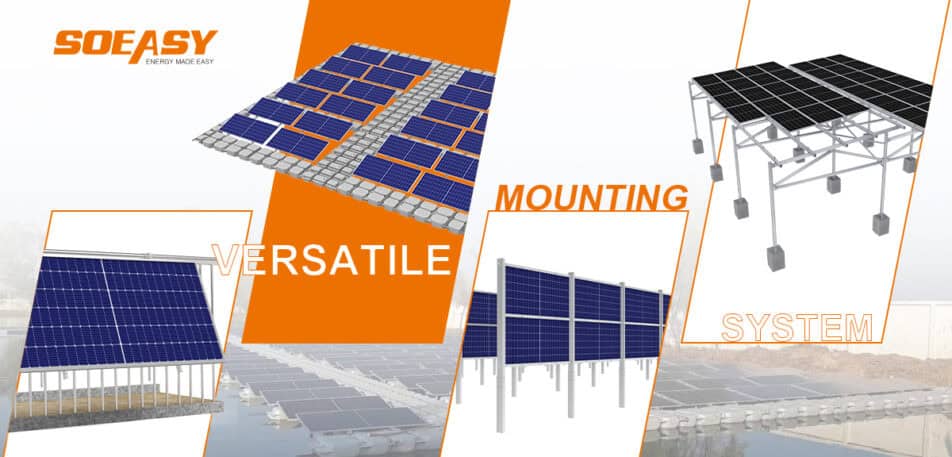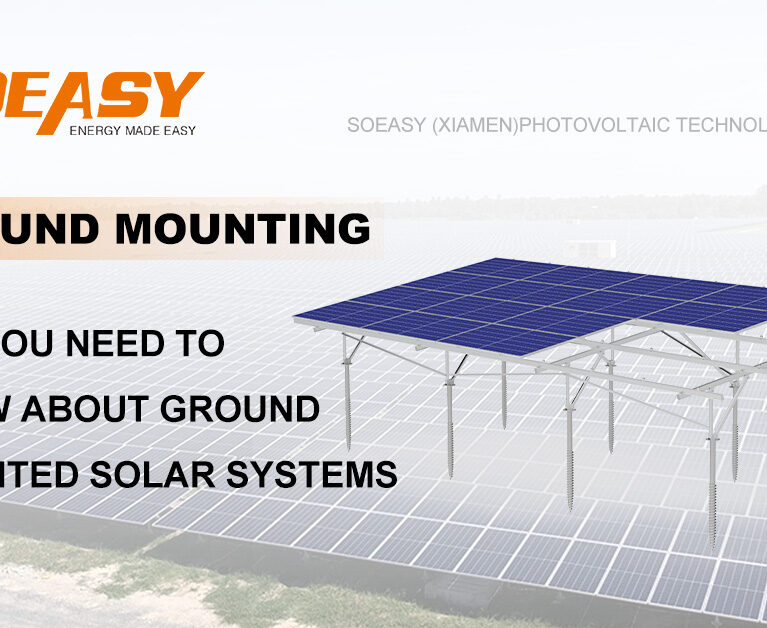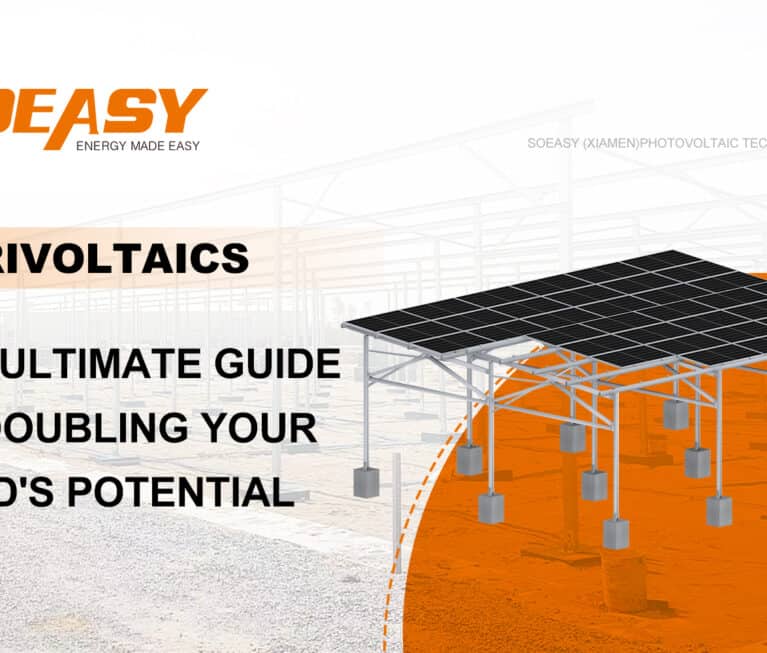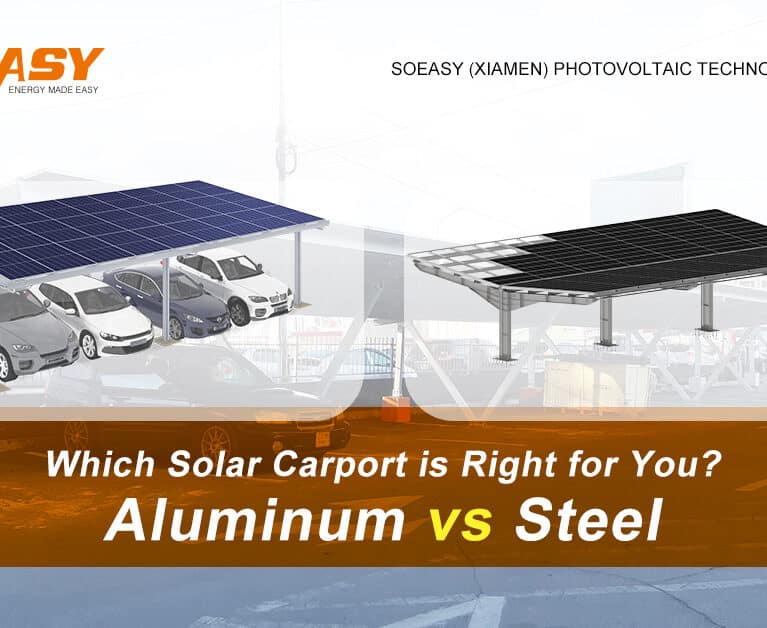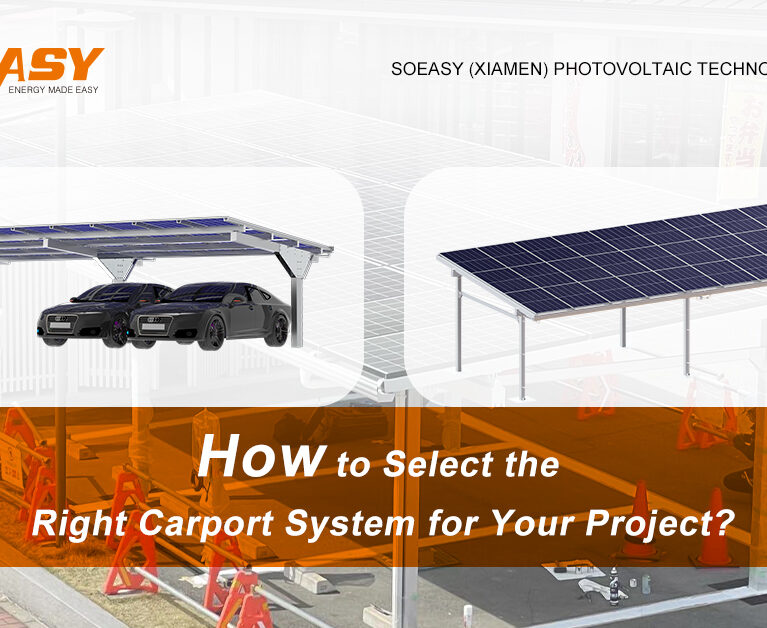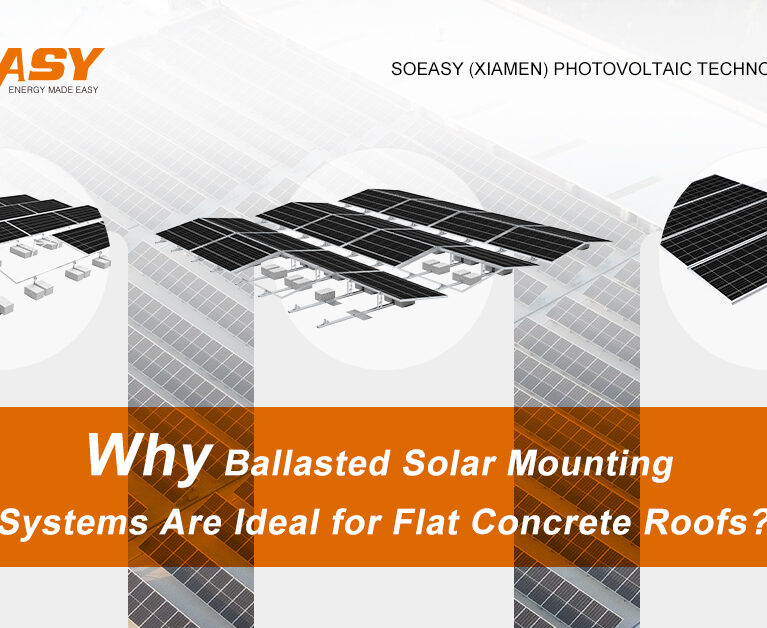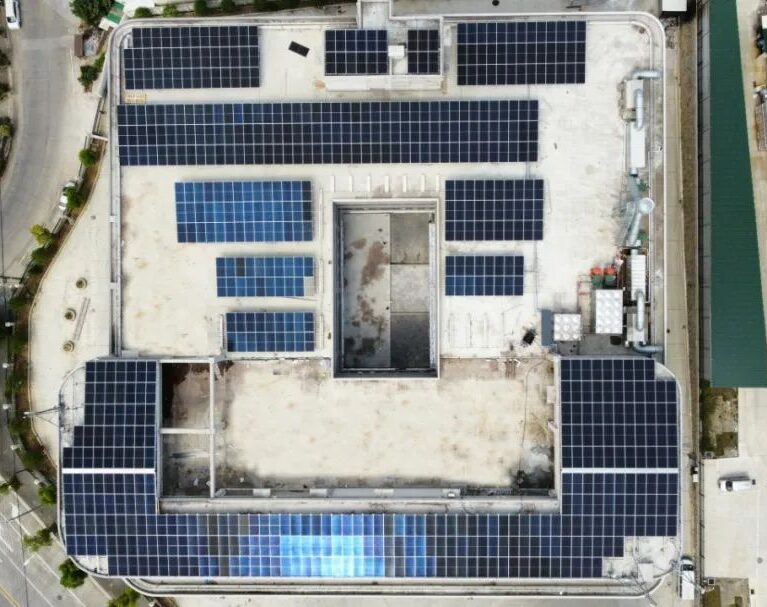The solar panel mounting bracket is the unsung hero of any photovoltaic installation. As the foundational framework, or solar array frame, it must reliably secure your investment against decades of wind, snow, and seismic forces. Selecting between metal solar brackets like Q235 steel and aluminum alloy is a fundamental choice that balances cost, durability, and application.
1. Q235 Steel vs Aluminum Alloy for Solar Racks
| Comparison Dimension | Q235 Steel (Hot-Dip Galvanized) | Aluminum Alloy (e.g., 6005-T5) | Advantage |
|---|---|---|---|
| Strength & Stiffness | High. Excellent load capacity, ideal for heavy snow/wind zones. Less flex. | Moderate. Requires thicker profiles to match steel’s strength, but sufficient for most uses. | Q235 Steel |
| Corrosion Resistance | Good (with coating). The zinc coating protects the steel substrate; lifespan depends on coating quality/thickness. | Superior. Naturally corrosion-resistant, perfect for coastal or harsh environments without coating. | Aluminum Alloy |
| Weight | Heavy. Makes rooftop solar installation more labor-intensive and may require stricter engineering review for roof loads. | Lightweight. Significantly easier to handle, reducing labor time and ideal for weight-sensitive roofs. | Aluminum Alloy |
| Material Cost | Lower. The most cost-effective option for large-scale solar farms where initial capex is key. | Higher. Premium material cost, but can offer savings in installation labor and long-term maintenance. | Q235 Steel |
| Installation (Ease) | Bulkier and heavier, often needing multiple installers or machinery. | Lightweight components allow for faster, simpler solar bracket installation, often by a single person. | Aluminum Alloy |
| Service Life | 25-30 years with high-quality hot-dip galvanizing. | 30+ years, often matching or exceeding panel warranty periods with zero maintenance. | Aluminum Alloy |
| Maintenance | Potential for maintenance if the galvanized coating is damaged, exposing the base steel. | Essentially maintenance-free, a true “install and forget” solar bracket system. | Aluminum Alloy |
| Best Applications | Ground mount solar systems, large commercial roofs, high-wind regions. | Residential rooftop solar brackets, coastal sites, corrosive atmospheres, historic buildings. | Scenario Specific |
| Sustainability | Recyclable, but primary production is energy-intensive. | Highly recyclable with a much lower energy footprint for recycled content, enhancing the green profile of your solar power system. | Aluminum Alloy |
2. Deep Dive: Choosing Your Solar Mounting Hardware
1. Q235 Steel: The Heavy-Duty Workhorse
For utility-scale solar racking and large ground-mounted arrays, Q235 steel is the industry standard due to its robustness and low cost.
- The Key is Galvanizing: The performance of a steel solar bracket hinges entirely on its hot-dip galvanized coating. This process creates a metallurgical bond that shields the steel from rust.
- Ideal For:
- Solar farm projects with massive solar panel array frames.
- Locations with extreme mechanical loads.
- Watch Out For: Inspect for coating damage during shipping and installation. Not the best choice for direct soil contact or highly acidic environments without specialized protection.
2. Aluminum Alloy: The Lightweight Champion
Aluminum solar mounts excel where weight, corrosion resistance, and ease of handling are paramount.
- Built-In Protection: The protective oxide layer reforms if scratched, providing self-healing corrosion resistance.
- Ideal For:
- Residential solar bracket systems and most commercial rooftops.
- Solar panel brackets for roof types like standing seam metal, where lightweight, clamp-on systems are used.
- Salty coastal air or industrial areas.
- Watch Out For: Engineers must specify adequate thickness and alloy temper to prevent “creep” or deformation under long-term static load.
3. Final Verdict: Selecting Your Solar Mounting Structure
The choice between a steel solar racking system and an aluminum solar racking system is a trade-off.
- Go with Q235 Steel if:
- Your priority is the lowest upfront cost per watt.
- The project is a large ground-mounted solar racking installation.
- Structural strength is the primary design driver.
- Choose Aluminum Alloy if:
- You are installing solar brackets for a rooftop with load constraints.
- The site is in a corrosive environment (coastal, industrial).
- You value low lifetime cost and minimal maintenance over initial savings.
With 17 years of specialization in solar mounting solutions, SOEASY Solar holds 70+ patents and 20+ quality certifications. We offer material-diverse products tailored to your needs, complemented by end-to-end project support for major commercial and industrial installations.
Learn more about project cases:Our Projects – soeasypv.com
Learn about our solar mounting systems:Solar Mounting – soeasypv.com
About SOEASY Solar:Home – soeasypv.com
 English
English 

